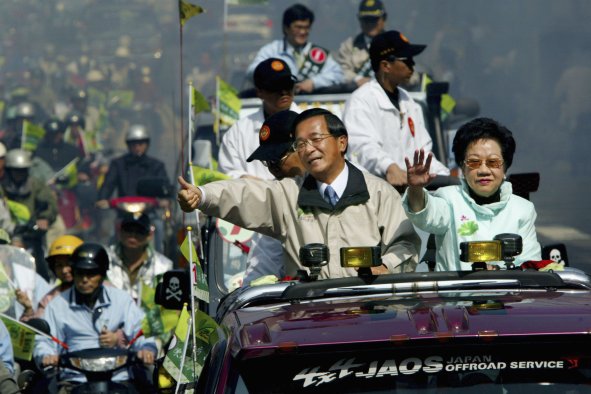The number of scrambles by Japan's air force decreased in the first quarter of this year, the country's military reported last week, with almost all of the incidents dealt with aerial threats from its neighbors Russia and China.
The Joint Staff Office under Japan's Defense Ministry on Thursday released a quarterly report on the Air Self-Defense Force's scrambles from April 1 to June 30. It recorded 159 emergency launches of its fighter jets, down from 238 in the same period last year.
According to the report, the number is at the same level as in fiscal year 2013, when it began to remain at a high level for entire fiscal year. Japanese fighter jets were scrambled around 100 to 350 times per quarter since then.
The Japanese Air Force has one of the most modern fleets of aircraft in the world, including F-35 stealth fighter jets. It is a major military partner of the United States in the region to jointly counter threats from Russia, China, and North Korea.
Japan's fighter jets routinely intercepted foreign aircraft flying close to the archipelagic country, mostly over the waters in the Sea of Japan (called the East Sea by South Korea and Korean East Sea by North Korea), and the East China Sea, where Tokyo has disputes with China.
Chinese aircraft accounted for about 66 percent or 105 cases of the total Japanese scrambles recorded in first quarter of this year while 52 cases or nearly 33 percent related to Russian aircraft. The remaining two cases involved "others" but the report did not identify them. Newsweek contacted the Chinese and Russian defense ministries for comment by email.
The report said 82 scrambles were carried out by fighter jets deployed in Japan's southwestern Ryukyu Islands. The islands border the East China Sea to the west and are home to half of the U.S. forces deployed in Japan today.
To the north of the Ryukyu Islands, there is Japan's southernmost main island of Kyushu: 28 scrambles were recorded in the area, also known as the "western area" in Japan Air Self-Defense Force's operations.
There were 44 scrambles of Japanese fighter jets from the country's northern area around the island of Hokkaido. Only 5 scrambles were recorded in the central part of Japan's largest main island of Honshu.
In its report, Japan's Joint Staff Office attached a map illustrating the flight paths of the relevant Chinese and Russian military aircraft around the country. Most of them were over the waters in the East China Sea and the Sea of Japan.
Japan's military detected Chinese military aircraft flying to the east of Taiwan, a self-ruled island but viewed by Beijing as a breakaway province, the map showed. Tokyo has been wary of the risk of military escalation across the Taiwan Strait.
 In Focus
In Focus
Japan Intercepts Chinese and Russian Aircraft
A Chinese military WZ-7 drone is pictured in the East China Sea on June 25 in this image released the same day by the Joint Staff Office of Japanâs Defense Ministry. Launch Slideshow 2 PHOTOSA number of Chinese flight paths extended to the east of the Ryukyu Islands, over the waters in the wider Pacific Ocean. The Chinese forces continue to operate beyond the first island chain, a strategic chokepoint connecting Japan, Taiwan, and the Philippines.
Japan's Joint Staff Office listed several examples of intercepted Russian and Chinese military aircraft in its report. It included Russian Tu-95 strategic bombers and Chinese drones such as TB-001, WL-10, and WZ-7.
Disclaimer: The copyright of this article belongs to the original author. Reposting this article is solely for the purpose of information dissemination and does not constitute any investment advice. If there is any infringement, please contact us immediately. We will make corrections or deletions as necessary. Thank you.



